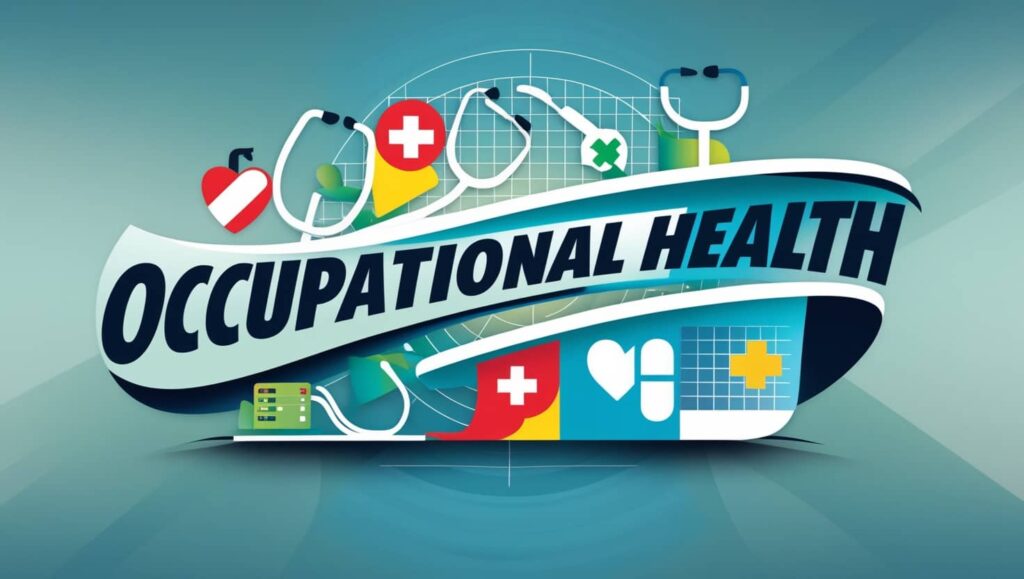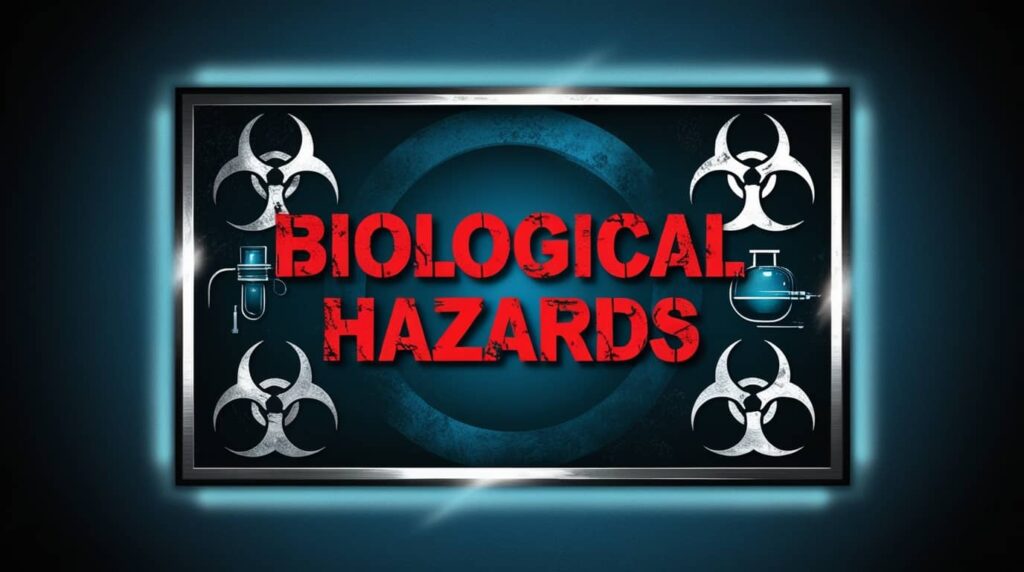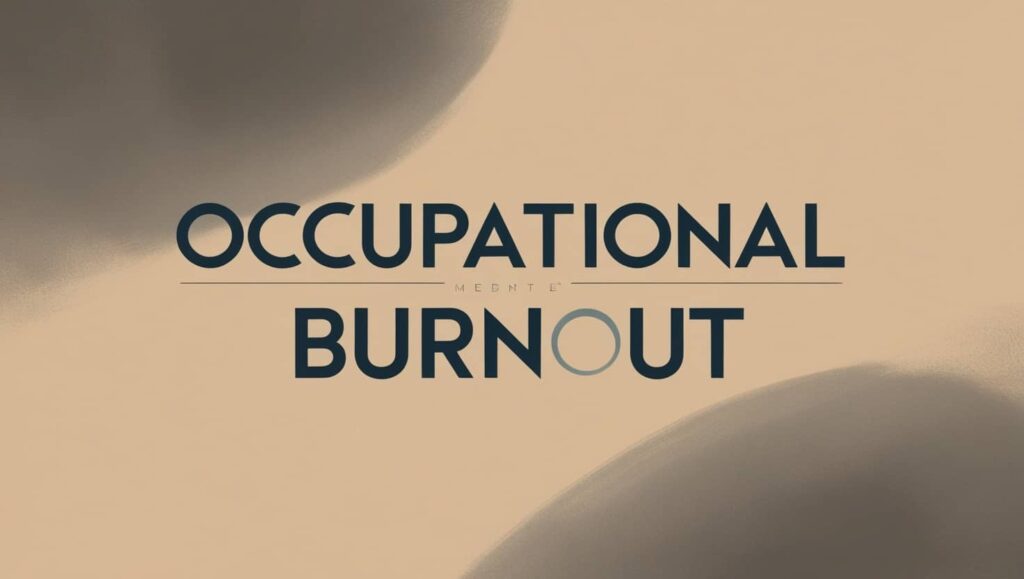What is Occupational Health Surveillance?
Occupational health surveillance refers to any activity in which an employer seeks information about an employee’s health in relation to their work activities and occupational health hazards regularly.
Occupational health surveillance encompasses both workers’ health and working environment surveillance.
What is the Purpose of Occupational Health Surveillance?
- Preventing damage to the health of employees.
- Early detection of any adverse health conditions.
- Monitoring the effectiveness of the existing control measures.
- Providing feedback on the accuracy of risk assessments.
- Identifying and protecting vulnerable employees.
- Reviewing the health of new employees at the commencement of employment for possible susceptibility to health problems.
- Acting on the results of medical tests to ensure that an employee’s health is managed and monitored appropriately while at work.
When Should we Apply Occupational Health Surveillance?
Occupational health surveillance is only necessary when an employee’s work activities could damage their health and the following three factors apply:
- The possibility of health damage occurring as a result of the particular conditions at work.
- There is a reliable method for detecting a disease or condition.
- Employees are likely to benefit from health surveillance.
Which Hazards Requires Medical Surveillance?
Occupational Health and Safety Administration (OSHA) standards in the United States require employers to provide employees with access to medical screening examinations when they are exposed to substances like those listed below.
- 2-acetylaminofluorene.
- Ethylene oxide.
- Acrylonitrile.
- Ethyleneimine.
- 4-aminodiphenyl.
- Formaldehyde.
- N-nitrosodimethylamine.
- Dibromochhloropropane.
- Benzene.
- Methyl chloromethyl
- Benzidine.
- 4-nitrobiphenyl.
- Beta-naphthylamine.
- Ether.
- Bis-chloromethyl ether.
- Alpha-naphthylamine.
- 3,3’-dichlorobenzidine
- Beta-propiolactone.
- Inorganic arsenic.
- Hazardous waste.
- Asbestos.
- Lead.
- Coal tar pitch volatiles.
- Coke oven emissions.
- Cotton dust.
- Noise.
- 4-dimethylaminobenzene.
Read Also: Types of Hazards in Occupational Health
Benefits of Health Surveillance
It provides information that allows you to detect harmful health effects at an early stage, thereby protecting employees and confirming whether they are still fit to work.
Check that control measures are effective by providing feedback on risk assessments, suggesting where additional action may be required and what it may be.
Provide data to detect and evaluate health risks using health records.
Allow employees to receive additional training and instruction in safe and healthy working practices, such as how to properly use personal protective equipment (PPE).
Give employees the chance to raise any concerns they may have about the impact of their work on their health.
Occupational Health Surveillance System
It is a system capable of collecting, analyzing, and disseminating data relating to occupational health programs.
It encompasses all activities conducted at the individual, group, enterprise, community, regional, and country levels to detect and assess any significant deviation from health caused by working conditions, as well as to monitor workers’ overall health.
To have an effective management system for Occupational Health Monitoring and Surveillance, Services will require to ensure that they undertake the following:
- Identify workplace hazards.
- Determine the level of exposure to these hazards the employee(s).
- Employee(s) can be referred for health surveillance if required.
- Control exposure levels where necessary.
- Monitor the progress of employee(s) health.
- Ensure that employees and managers communicate effectively.
Related: Occupational Asthma Causes, Symptoms, and Managements
Steps in Setting up a Specific Occupational Health Surveillance Programs
Occupational health surveillance programs keep track of incidents of occupational exposures, work-related illness, injury, or death, and track trends in their occurrences across different types of economic activities, over time, and between geographical areas.
Steps in setting up a specific Occupational Health Surveillance Program include: –
- Assessment of workplace hazards.
- Identification of target organ toxicities for each hazard.
- Choosing the appropriate test for each “screenable” health effect.
- Development of action criteria.
- Standardization of the data collection process.
- Performance of testing.
- Interpretation of test results.
- Test confirmation.
- Determination of work status.
- Notification.
- Diagnostic evaluation.
- Evaluation and control of exposure.
- Record keeping.
Public Health Surveillance
Public health surveillance is a set of activities that are typically carried out by government departments within their respective jurisdictions to monitor and follow up on occupational diseases and injuries.
Information on the incidence and prevalence of occupational disease and injury provides a solid foundation for prevention and control.
The data allows for trend analysis to determine research and control priorities and strategies, as well as evaluate the effectiveness of interventions.
Public health surveillance can also lead to the discovery of new associations between occupational agents and accompanying diseases.
Summary
Occupational health surveillance refers to any activity in which an employer seeks information about an employee’s health in relation to their work activities and occupational health hazards regularly.
Prevention is the primary goal of occupational health surveillance.
In occupational health practice, surveillance includes both periodic workplace assessments for evaluating hazards, and periodic examinations of individuals to detect early reversible ill health.
Data from surveillance can inform trends or emerging patterns in workplace hazards and illnesses.
To be effective, surveillance must be followed by preventive action and evaluation of intervention effectiveness.
References
- Health Surveillance at work – polfed.org. Retrieved January 1, 2023, from Police Federation
- Policy and procedure for the management of occupational … – falkirk. Retrieved January 1, 2023, from Falkirk Council
- Occupational Health and Safety, and Occupational Health Services Profile of Fiji. Suva: The Government of Fiji Islands.
- Surveillance in occupational health – occupational and environmental Medicine. Retrieved January 1, 2023, from BMJ Journals
Yusuf Saeed
Pharmacist | Medical Writer & Translator
Yusuf Saeed graduated from the Arab Academy for Science and Technology and Maritime Transport with a B.Sc. in Pharmaceutical Sciences. His passion for research and healthcare communication led him to specialize in medical writing and translation. Yusuf is committed to delivering accurate, well-researched content that empowers readers with reliable medical information and bridges language gaps in healthcare education.
As the founder of Medserene, Yusuf Saeed established the platform with a vision to provide trustworthy medical content and accessible healthcare information. His mission is to create a reliable resource that empowers readers to make informed decisions about their health and well-being. Driven by his passion for clear communication and healthcare education, Yusuf aims to bridge the gap between medical knowledge and everyday understanding.







